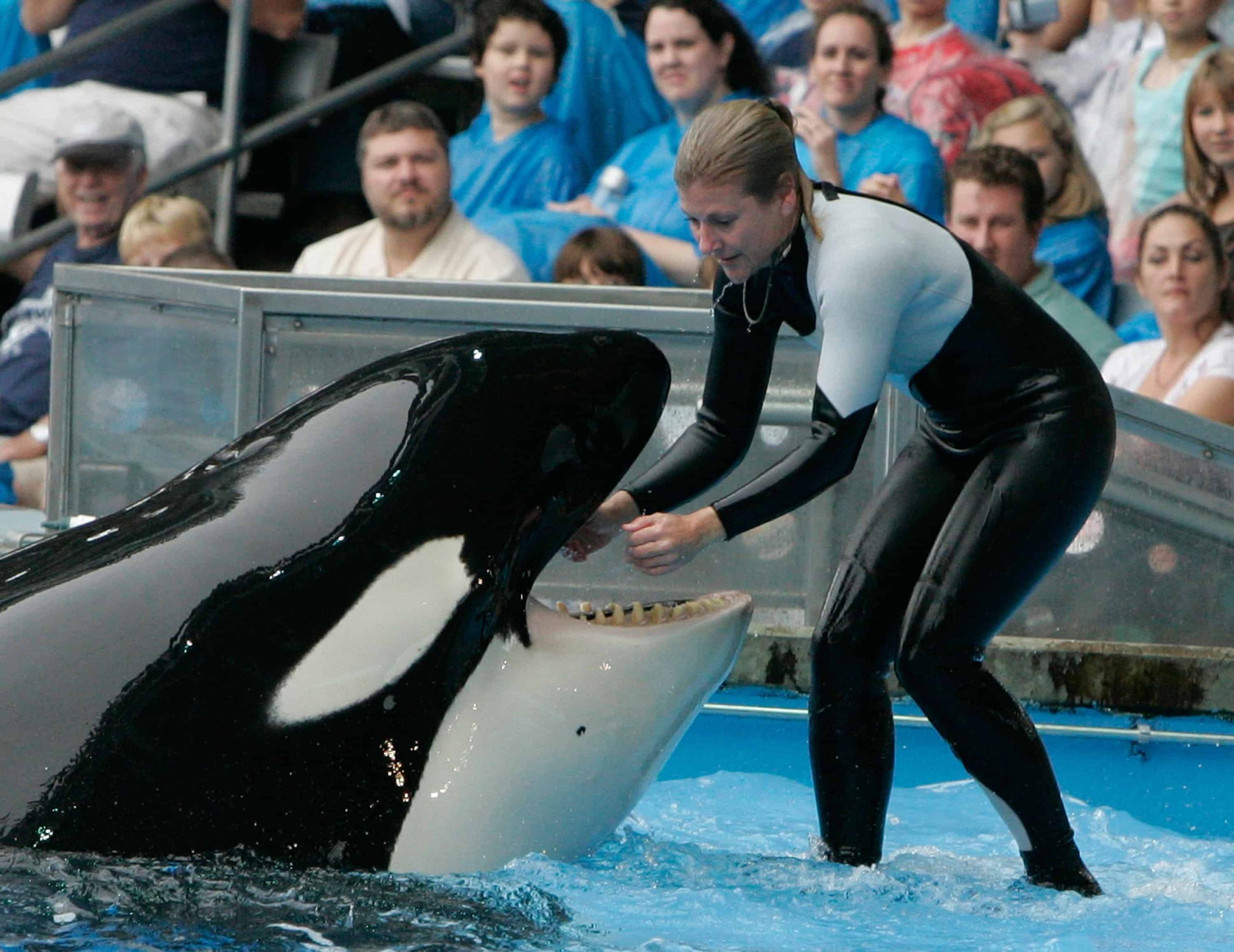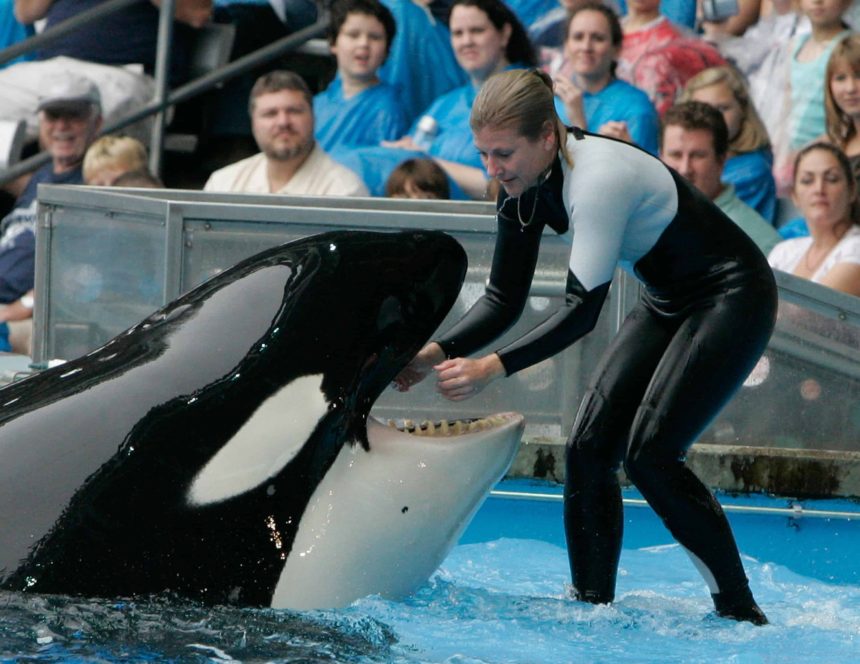Dawn Brancheau Video:- The tragic death of Dawn Brancheau in 2010 shook the world and brought renewed attention to the controversial practice of keeping killer whales in captivity.
The footage of her final moments with Tilikum, the orca responsible for her death, has been the subject of much debate and controversy. In this article, we will explore the events surrounding Dawn Brancheau’s death, the injuries she sustained, and the impact it has had on the public’s perception of killer whales in captivity.

Table: Comparing Wild and Captive Killer Whales
| Factors | Wild Killer Whales | Captive Killer Whales |
|---|---|---|
| Habitat | Large, open ocean | Small, confined tanks |
| Social Groups | Live in family pods | Separated from family |
| Lifespan | Up to 80 years | Up to 30 years |
| Diet | Varied and diverse | Limited and controlled |
| Behavioral | Can swim up to 100 miles/day | Often display abnormal behavior due to stress |
| Health | Generally healthy | Prone to illness and stress-related health problems |
| Interaction with humans | Rare, often avoid | Constantly interact with trainers and handlers |
Dawn Brancheau’s Life and Career
Dawn Brancheau was a skilled trainer at SeaWorld Orlando who had been working with marine animals for over 16 years. She had a reputation for her love of animals and was known for her close relationship with Tilikum, the largest killer whale in captivity. However, tragedy struck during a routine show when Tilikum grabbed Dawn and pulled her into the pool, causing her death.
The Dawn Brancheau Video
The video of Dawn Brancheau’s final moments with Tilikum has been widely shared and debated. It shows Tilikum grabbing Dawn by the ponytail and dragging her underwater, as well as footage of her lifeless body being carried out of the pool. The video is graphic and disturbing, and many people believe that it should not be shared or watched out of respect for Dawn’s memory.
The Dawn Brancheau Injuries
Dawn Brancheau sustained numerous injuries in the attack, including a broken jaw, multiple broken bones, and severe trauma to her spinal cord. She was pronounced dead at the scene, and the autopsy report confirmed that she died from drowning and blunt force trauma.
Tilikum Kills Trainer
Tilikum, the orca responsible for Dawn Brancheau’s death, had a history of aggressive behavior and had been involved in two other fatalities before Dawn’s death. This tragedy brought renewed attention to the issue of keeping killer whales in captivity and raised questions about the ethics of using these highly intelligent and social animals for entertainment purposes.
Dawn Brancheau Full Video Graphic
Despite the graphic and disturbing nature of the video, there are those who believe that it should be shared to raise awareness about the dangers of keeping killer whales in captivity. Some argue that the video serves as a reminder of the tragic consequences of exploiting these animals for human entertainment.
Frequently Asked questions:
- Why did Tilikum attack Dawn Brancheau?
It is unclear why Tilikum attacked Dawn Brancheau, but it is believed that the attack was triggered by something in the environment or by Tilikum’s frustration with his captivity. - Has SeaWorld changed its practices since Dawn Brancheau’s death?
SeaWorld has made several changes to its policies and practices since Dawn Brancheau’s death, including ending its orca breeding program and phasing out its orca shows. - Are killer whales dangerous to humans?
While killer whales have been known to attack humans in captivity, there have been very few documented cases of wild killer whales attacking humans. - Is it ethical to keep killer whales in captivity?
The ethics of keeping killer whales in captivity is a subject of much debate. While some argue that it is necessary for research and conservation purposes, others believe that it is cruel and inhumane to keep these highly intelligent and social animals in small tanks for human entertainment. - What is the future of killer whales in captivity?
As public opinion continues to shift away from keeping killer whales in captivity, many marine parks and aquariums have ended their orca programs or are phasing them out. However, there are still some facilities that continue to keep killer whales in captivity.
It is important to note that while captive killer whales have shorter lifespans and are prone to health problems, they are often well-cared for and receive regular veterinary care. However, the ethical concerns surrounding their captivity and the potential risks to their physical and mental well-being are still a subject of much debate.
We hope you have enjoyed our work, if you liked it Please help us reach more people like You. Share this article with your Friends using below buttons. Sharing is Caring 💗








